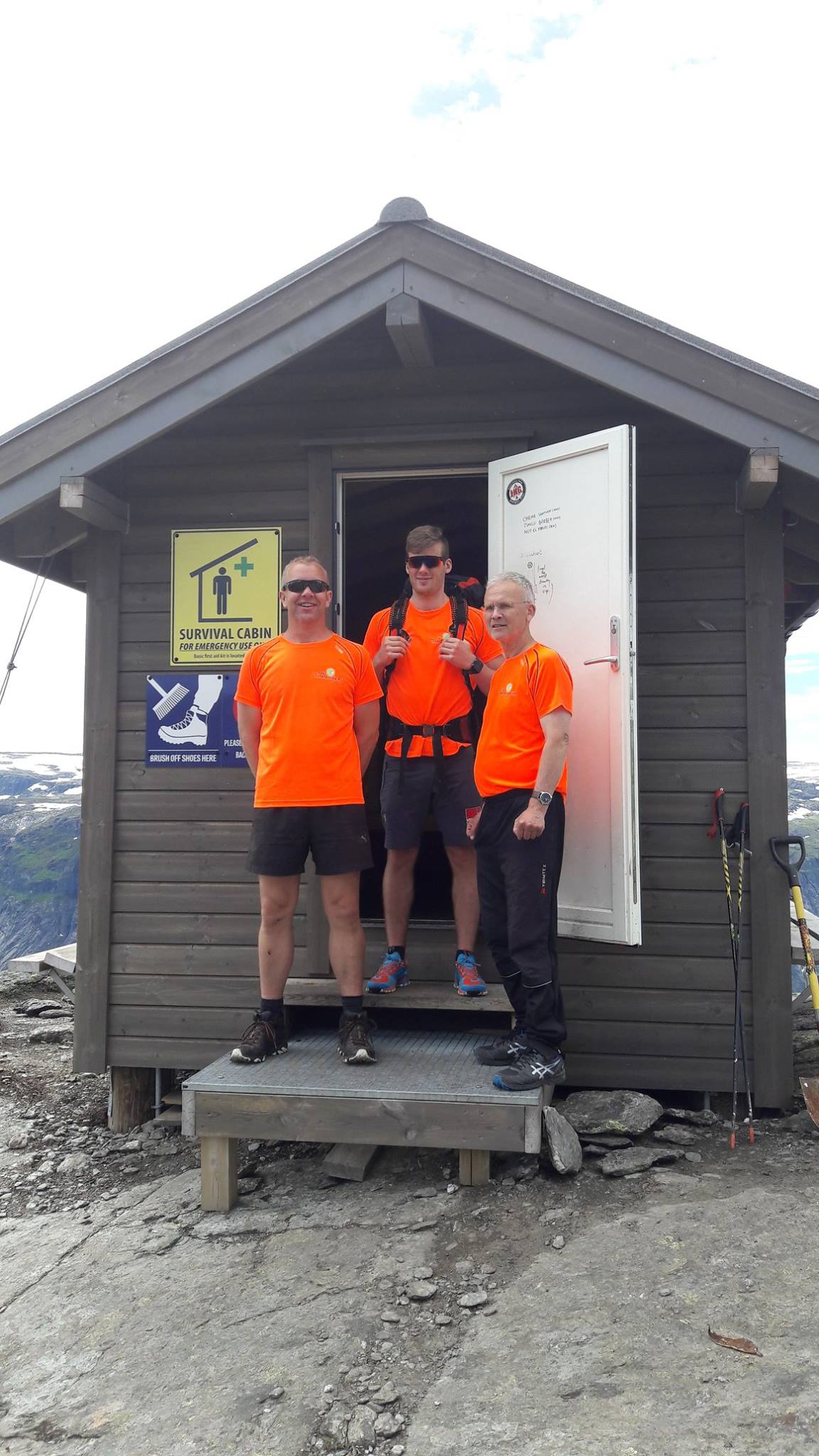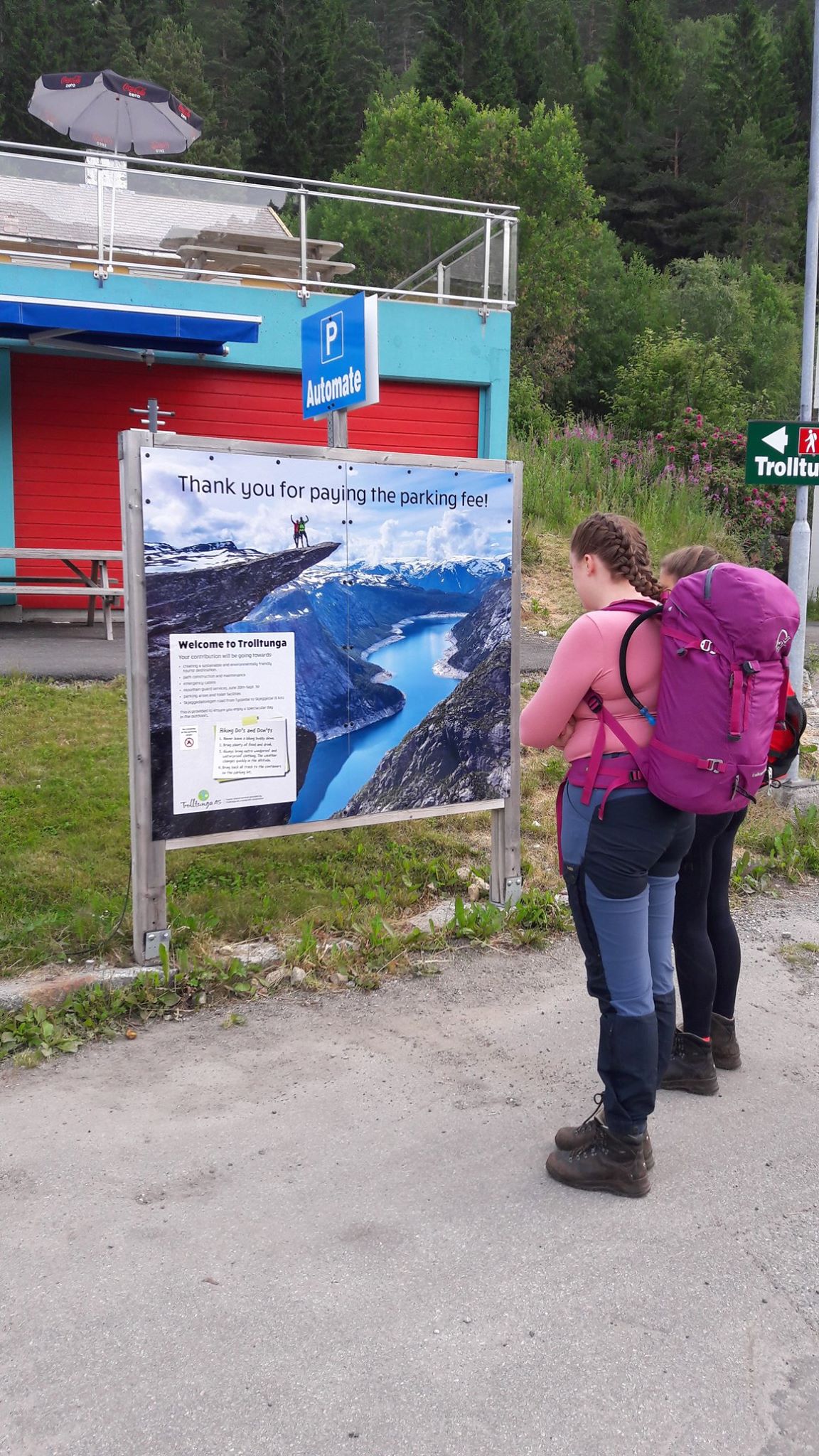Promoting responsible recreation in popular natural sites: the Trolltunga experience
The beauty of natural mountain sites attracts large numbers of visitors. Tourism supports jobs and local communities, but the over-popularity of certain sites can also damage sensitive natural areas. This is the case of Trolltunga in Norway, which has suffered as a result of its popularity. In northern Europe, the ASCENT project has brought stakeholders together to find a balance between tourism and mountain conservation.
The downside of Trolltunga’s popularity
In Norway, the site of Trolltunga (The Tongue of the Troll) has seen an exponential increase in visitors, driven largely by social media. Located in the municipality of Odda, the site is accessible via a 22km loop trail through the mountain and has always been popular with Norwegian hikers. In 2009, 1,000 people made the journey to Trolltunga, 99% of whom were Norwegian hikers.
In the 2010s, photos of Trolltunga began to be widely distributed, first by tourism operators and then via social media. By 2013, the number of annual visitors to the site had reached 21,000, then doubled to 40,000 in 2014 and increased to 75,000 annual hikers in 2016.
Although the influx of tourists has greatly benefited the shops and services in Odda and the wider region, the site was not adapted to handle so many visitors, some of whom were not experienced hikers and did not have enough information about Trolltunga.
Hordaland County Council joined the ASCENT project to address the many challenges posed by Trolltunga’s over-visitation.
Restoration and prevention measures
Various measures have been implemented to limit the impact of hikers on the natural site, particularly on the ecosystems, but also on the local community.
Some sections of the footpath have been reconstructed. Some sections were suffering from severe erosion caused by trampling, and others had become too narrow to accommodate so many hikers, leading some to stray off the path, with consequences for local ecosystems. After studying various options, it became clear that certain solutions, such as installing stone steps, were not suitable for the Trolltunga site. Local stakeholders therefore opted to use drainage and planting of local species to restore paths and guide visitors.
In addition, more educational signs have been placed along the trail to make hikers aware of the impact of human waste on the ecosystem.
Finally, thanks to the project, an emergency shelter and mountain guides were stationed on the trail in 2017. This safety measure was in response to an increase in accidents on the trail to Trolltunga.
Previously, the local Red Cross was responsible for rescues. As the number of visitors increased, so did the need for emergency assistance, which reached 40 in the summer of 2016, placing a heavy burden on this community of volunteers. The creation of an emergency shelter, equipped with medical and basic supplies, and the presence of mountain guides reduced the number of rescues to 15 in the summer of 2017. One of the main tasks of these guides is to identify visitors who are ill-equipped or who start the route too late in the day and advise them to turn back. In addition, communication materials have been adapted in several languages to meet international demand and help visitors prepare for their visit and hike at Trolltunga.

